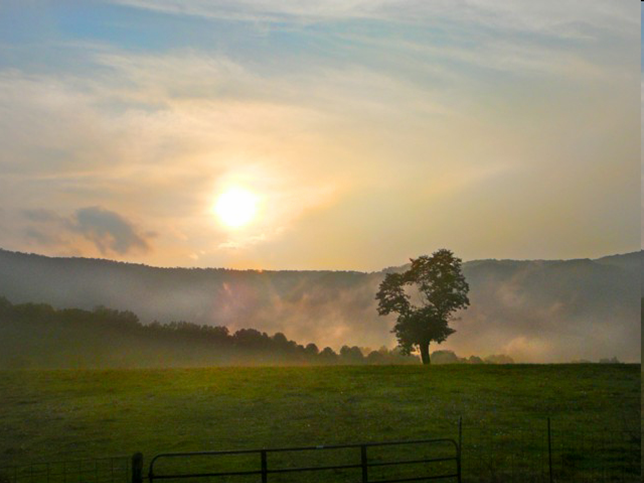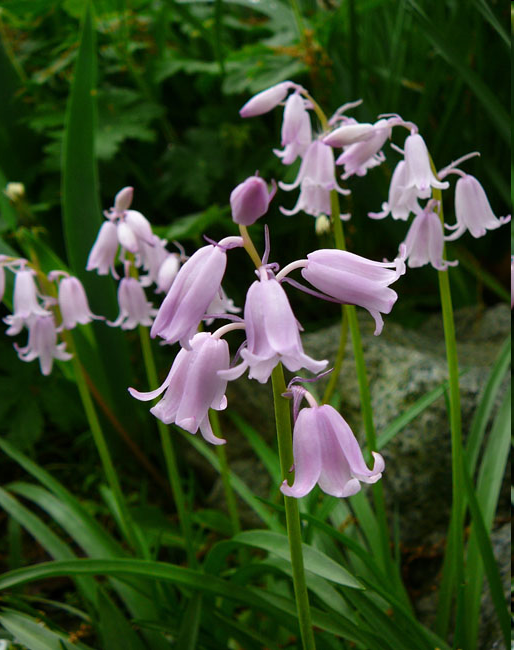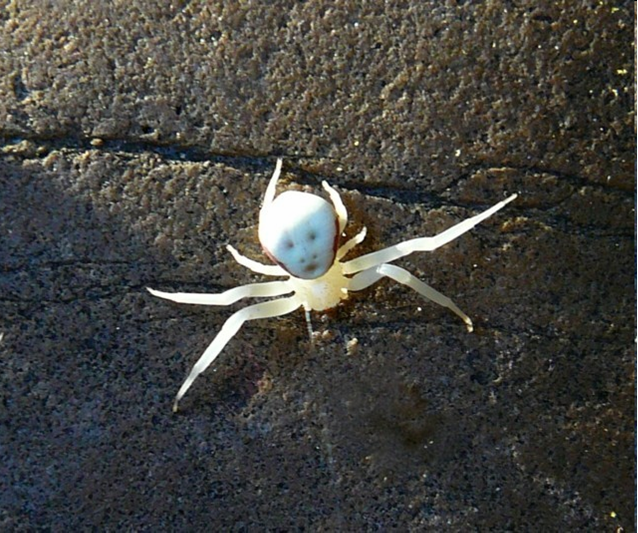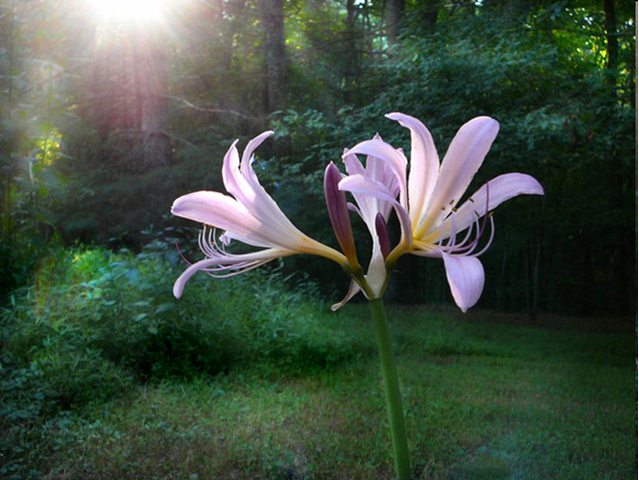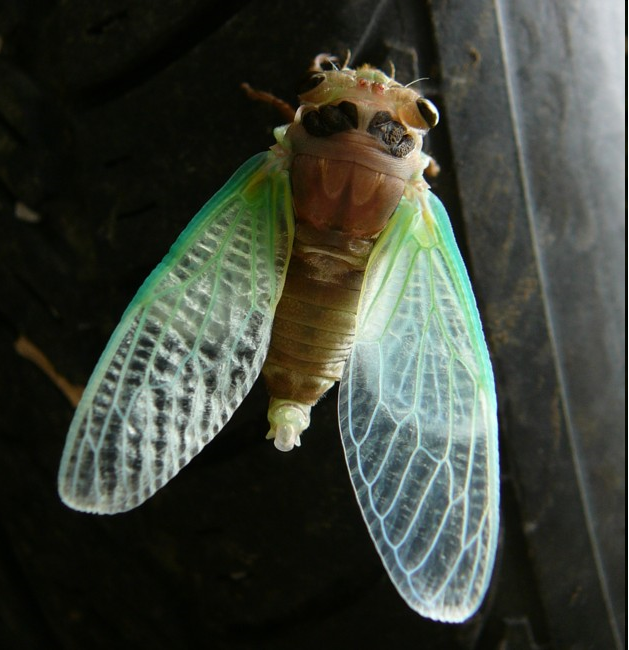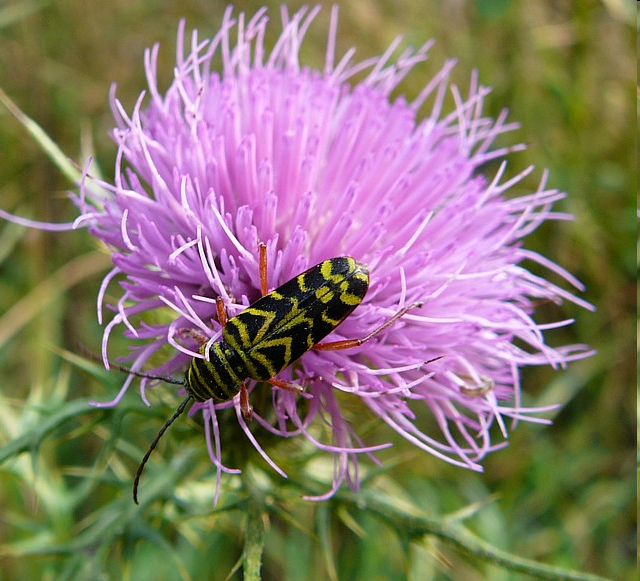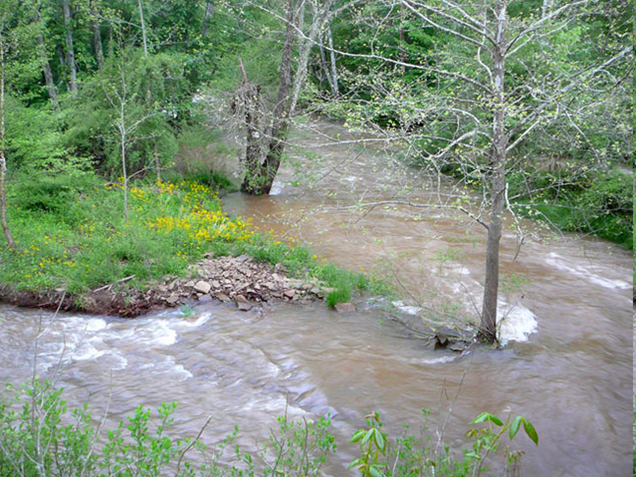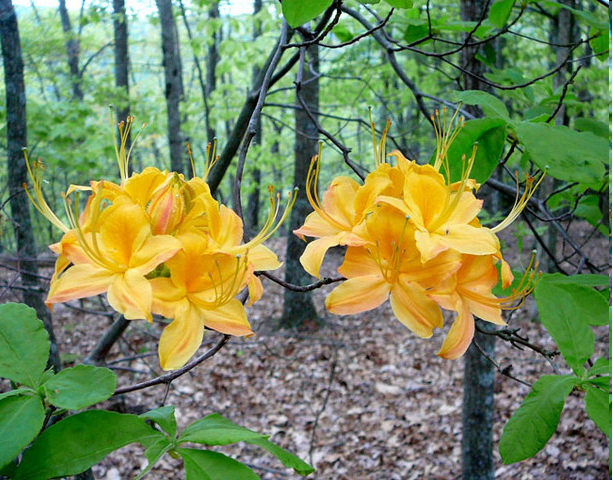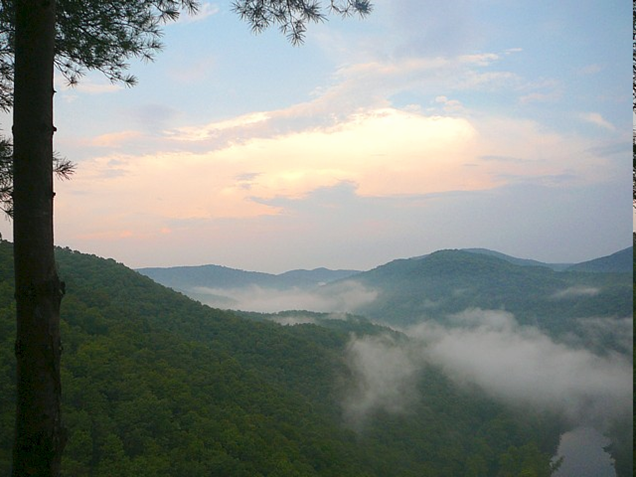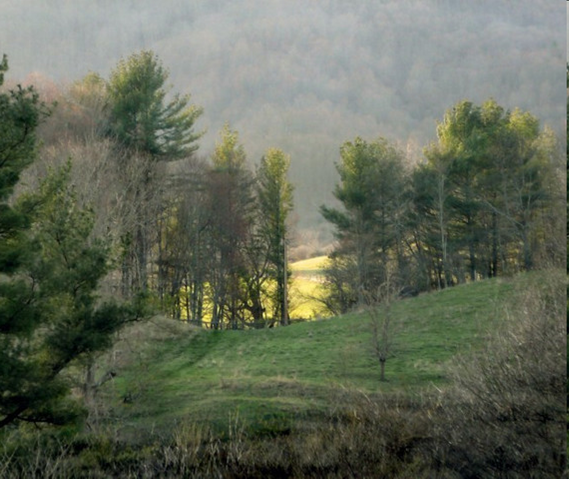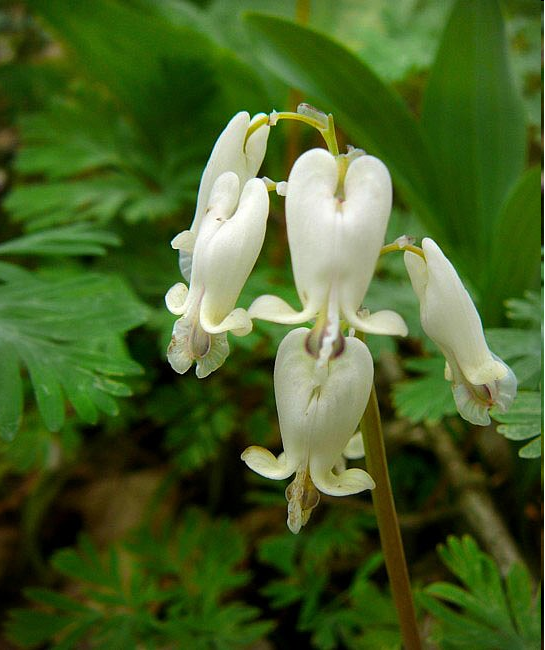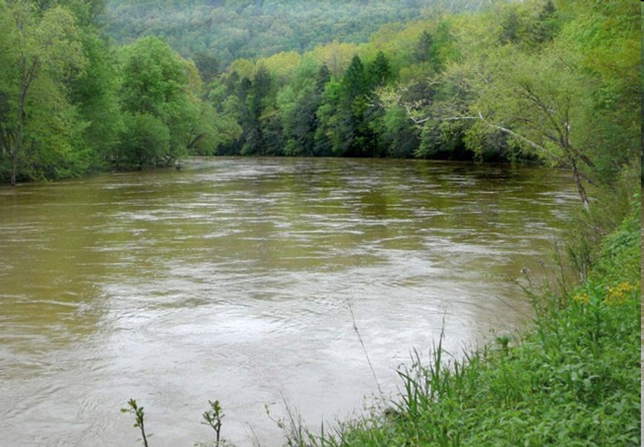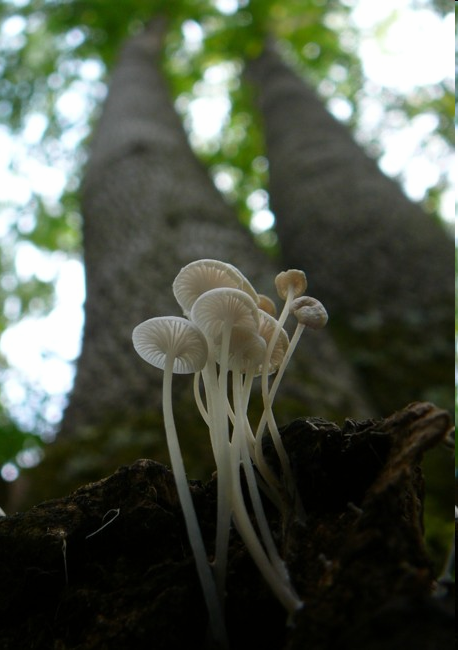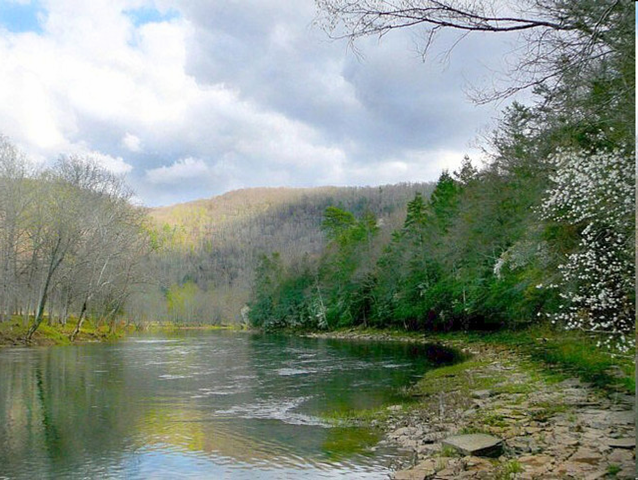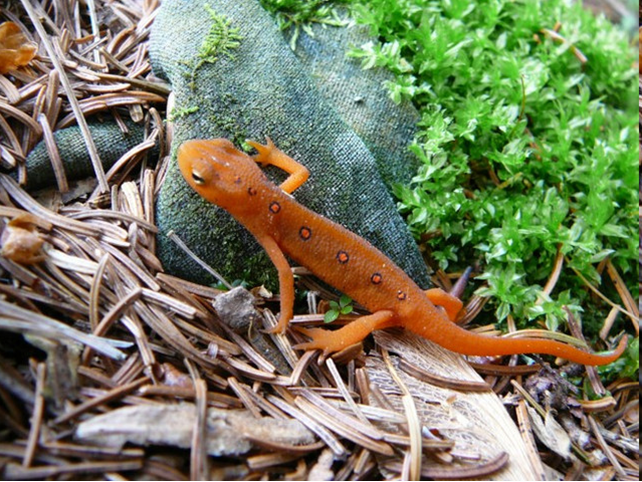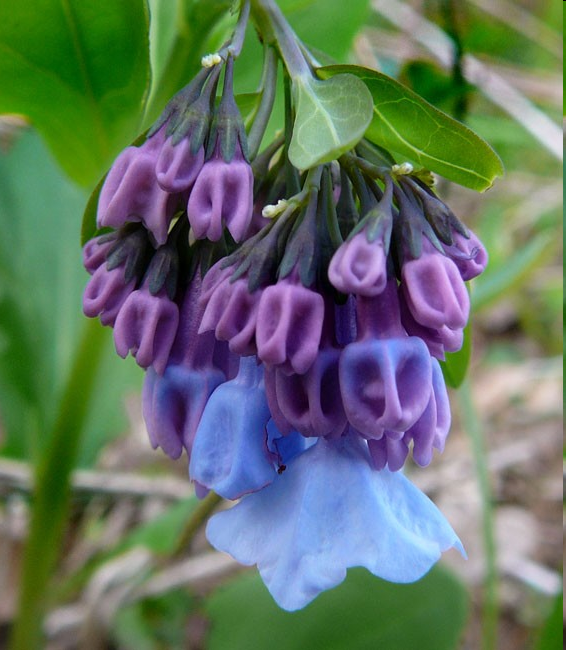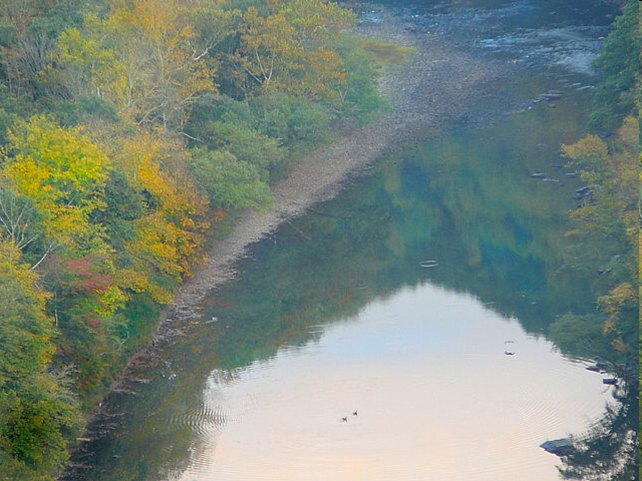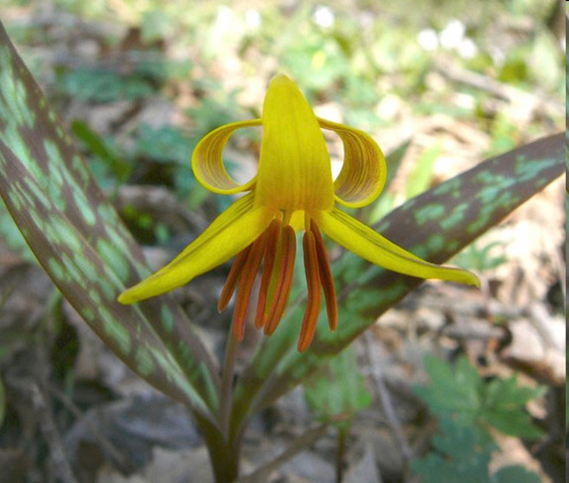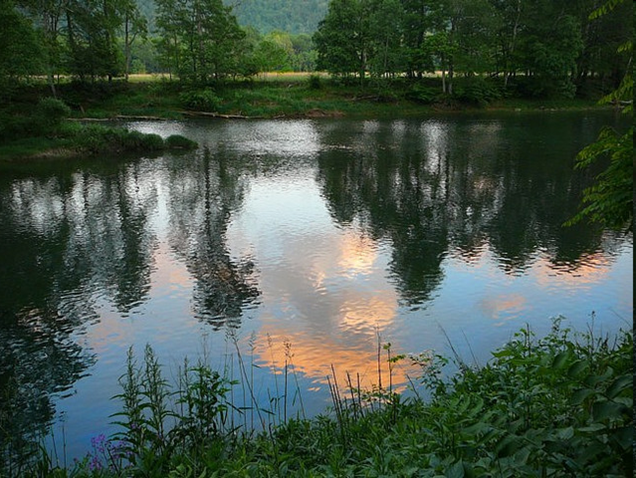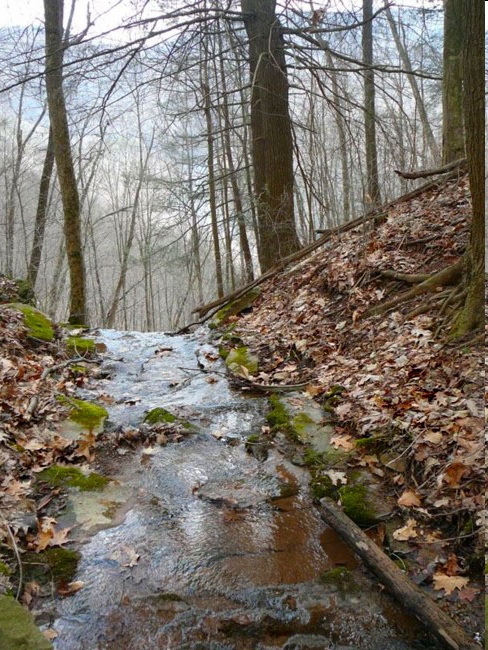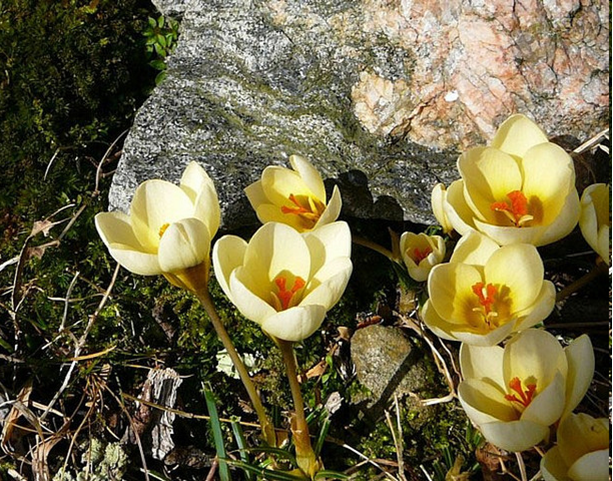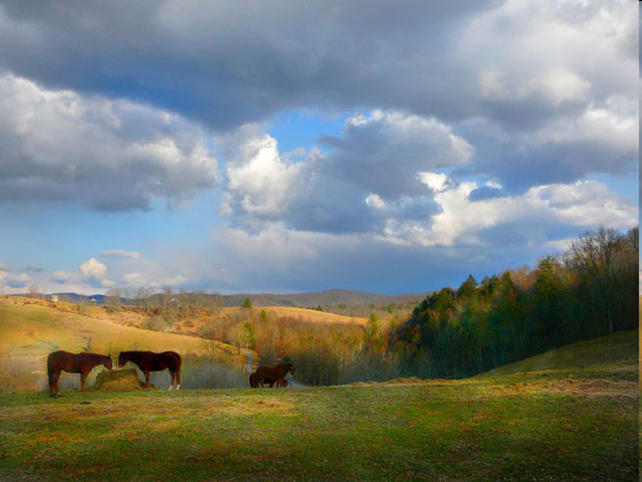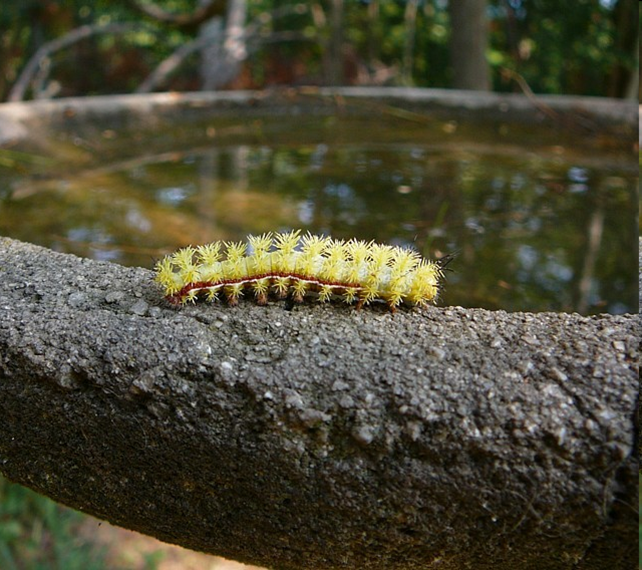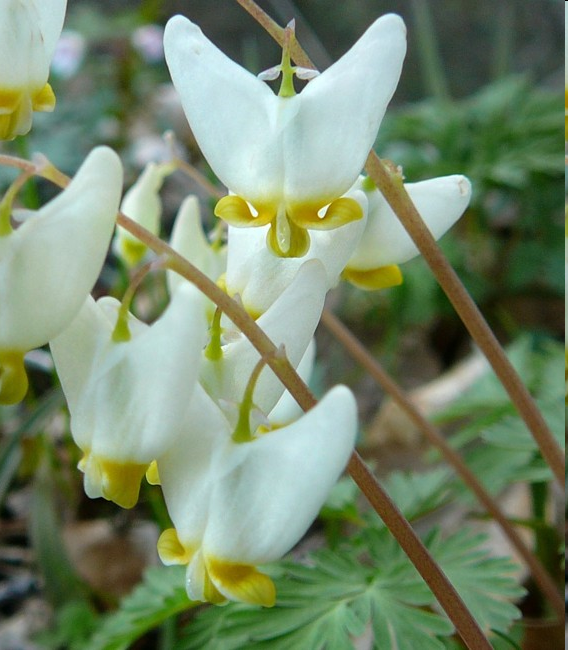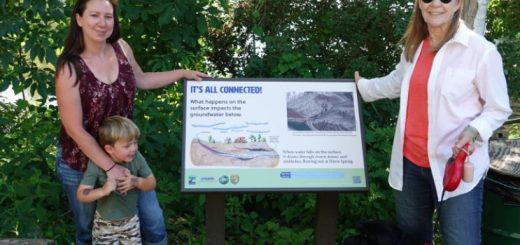
Filamentous Algae in West Virginia
Filamentous algae are connected algae cells that grow and form long threads or filaments When growth is excessive, large mats can form that stretch from the river bottom to the surface and cover significant portions of a river reach. The term “Filamentous Algae” refers to any number of species that can be found in rivers and streams. There are numerous species of algae that are native to West Virginia and that can be found at any one location.
Filamentous algae blooms can interfere with designated uses of a river – typically water contact recreation and public water supply. The images display the extent of the problem in some impacted rivers.
If entities supplying public drinking water have an intake located in an area of a filamentous algae bloom, they commonly receive complaints about the odor and/or taste of the water, requiring additional treatment and expenditures. Recreational activities, such as swimming and fishing, can be impacted by the excessive algae, and lessen one’s ability to enjoy state rivers and streams.
Questions have been raised concerning how filamentous algae in West Virginia streams and rivers impacts and ultimately may limit recreational activities. Activities like swimming, fishing and boating support a significant tourism industry and are a critical economic driver in numerous regions of the state. As important as this issue is, it is very difficult to adequately measure and quantify impacts. To address this question, DEP sponsored a survey to measure the level of tolerance residents have to varying amounts of filamentous algae in state streams. The survey was conducted by the research firm Responsive Management, and a copy of the final report is provided.
For more information on filamentous algae in West Virginia, including survey report, please visit WV Department of Environmental Protection HERE
For more information on how the Greenbrier Restoration Plan and Water Treatment Plants helped reduce algal blooms on the Greenbrier River, please visit WVDEP Water Quality Standards Public Meeting Minutes HERE

Clean Water for Everyone
The Clean Water Act protects navigable waterways and their tributaries. The rule says that a tributary must show physical features of flowing water – a bed, bank, and ordinary high water mark – to warrant protection.
Provides certainty in how far safeguards extend to nearby waters. The rule protects waters that are next to rivers and lakes and their tributaries because science shows that they impact downstream waters. The rule sets boundaries on covering nearby waters for the first time that are physical and measurable.
Protects the nation’s regional water treasures. Science shows that specific water features can function like a system and impact the health of downstream waters. The rule protects prairie potholes, Carolina and Delmarva bays, pocosins, western vernal pools in California, and Texas coastal prairie wetlands when they impact downstream waters.
Focuses on streams, not ditches. The rule limits protection to ditches that are constructed out of streams or function like streams and can carry pollution downstream. So ditches that are not constructed in streams and that flow only when it rains are not covered.
Maintains the status of waters within Municipal Separate Storm Sewer Systems. The rule does not change how those waters are treated and encourages the use of green infrastructure.
For more information on the Clean Water Act, please visit US Environmental Protection Agency HERE
For a more in-depth look at the laws, regulations and executive orders relating to the Clean Water Act, please visit US EPA HERE
For more information on how a watershed helps clean water, please visit WV DEP HERE
THIS PAGE IS UNDER CONSTRUCTION















